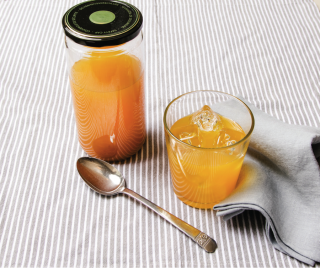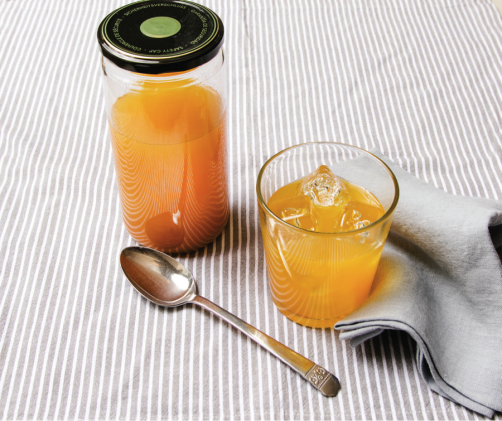How Eating Certain Foods Can Reduce Inflammation

WHAT ARE ANTI-INFLAMMATORY FOODS? This has been a hot topic for several years, and with good reason. Research shows a wide range of healthy foods can have anti-inflammatory effects. Some of the big ones include walnuts, fatty fish, flax seeds, strawberries and teas. Herbs—such as ginger, turmeric, rosemary, thyme and oregano—have also shown to decrease inflammation, swelling and pain.
WHAT’S BEHIND THIS SCRUMPTIOUS SCIENCE? The mechanisms by which foods decrease inflammation (which can be from an injury or chronic) are varied—and more connections are emerging as the science evolves. Brightly colored plant foods are high in phytonutrients (substances plants produce to protect themselves from ultraviolet light and other environmental damage) and they also decrease the cytokine tumor necrosis factor alpha (TNF-Alpha) and C-reactive protein (CPR), which trigger inflammation. Some foods also help fi ht off bacteria and microbial attacks, which may serve to help our bodies decrease inflammation.
RELATED: 4 Foods That Help Fight Post-Run Inflammation
HOW OFTEN SHOULD I EAT THESE MAGIC FOODS? The simple answer is as often as possible! Without making yourself crazy, or creating a spreadsheet (you know who you are), buy, cook and enjoy fatty fi sh at least twice a week. Make sure to play with your colors and eat 5–9 servings of produce daily. Drink teas and cook with lots of herbs. This will maximize your recovery and longevity as an athlete and could help prevent many of the inflammation-linked diseases prevalent in our country today.
Eat the rainbow…
Reds: cherries, strawberries
Oranges: pumpkins, sweet potatoes
Greens: kale, spinach, broccoli
Purples: red grapes, wine
RELATED: Tackling Inflammation The Natural Way
Try This Recipe

Turmeric Ginger Tonic
More and more athletes are turning to turmeric and ginger for their anti-inflammatory powers. That makes this elixir a great way to simultaneously rehydrate and tame the flame. Freeze some fresh turmeric root, so it is easier to grate into a hot herbal tea. You can turn this into a warm drink for the cooler months by heating it on the stove until hot to the touch, or it’s a refreshing drink when mixed with club soda and served over ice. Serves 4
3- to 4-inch piece fresh turmeric, thinly sliced
2-inch piece fresh ginger, thinly sliced
2 tablespoons honey
Pinch of salt
Juice of ½ orange (or sub lime or lemon juice)
Place 4 cups water, turmeric, ginger, honey and a pinch of salt in a medium saucepan. Bring to a boil, reduce heat to low and simmer for 5 minutes. Remove from heat and let stand until cooled to room temperature. Stir in orange juice and strain mixture into a glass jar. Chill until ready to serve, for up to 1 week. To serve, place ice in a glass and pour in turmeric drink. For a smoothie: Blend 1 cup tonic with 1 cup chopped mango, 1 small chopped carrot, 1/3 cup plain or vanilla protein powder and 1 small chopped frozen banana.
Republished with permission of VeloPress from Rocket Fuel: Power-Packed Food for Sports and Adventure by Matt Kadey, RD. See more recipes at www.rocketfuelfoods.net.
The post How Eating Certain Foods Can Reduce Inflammation appeared first on Competitor.com.
Ryan Hall's Blog
- Ryan Hall's profile
- 21 followers



